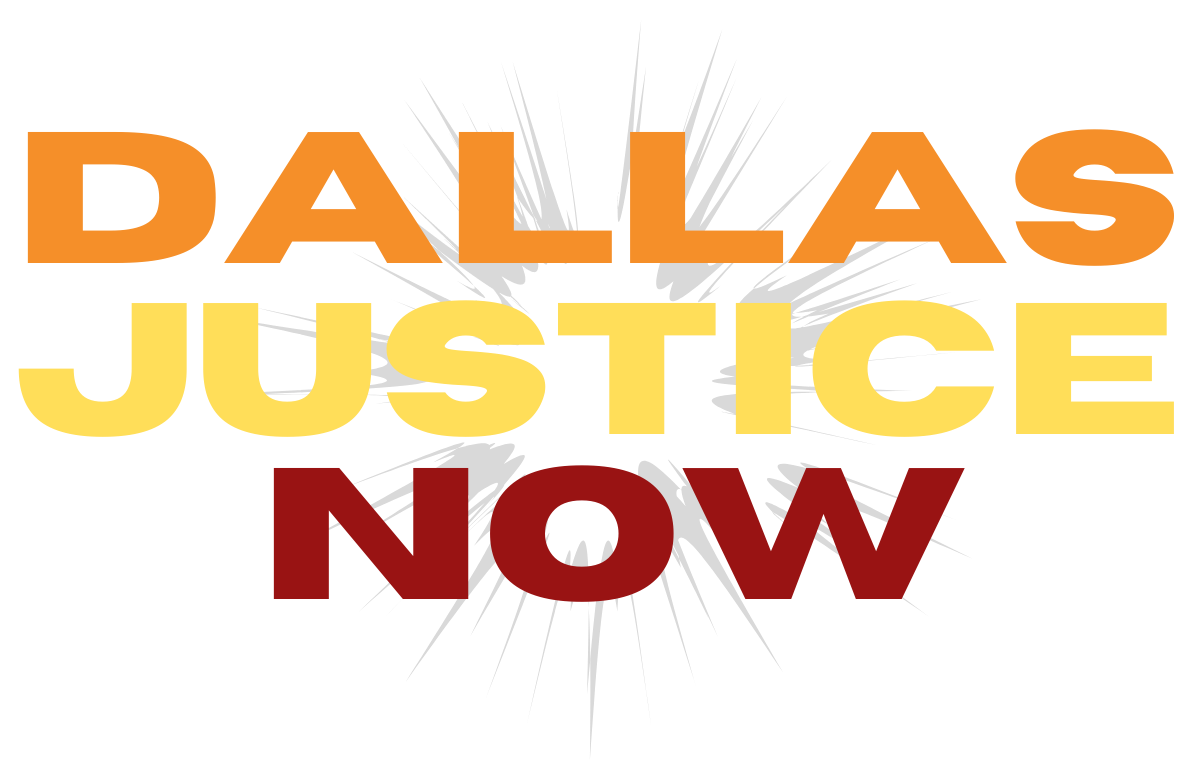Civil Unrest 2020 Reflections
Education is an important piece to the Dallas Justice mission and reflection is a powerful tool.
We will be looking deeper at the events of 2020, and further in our past, to set the needed actions in motion for 2021:
The homicide of George Floyd on May 25, 2020, led to months of protests to address racism at all levels of society. Floyd died during an arrest after Minneapolis police officer Derek Chauvin kneeled on his neck for eight minutes and 46 seconds. Three other police officers participated in the arrest. All four officers were fired the next day. On May 29, Officer Chauvin was charged with third-degree murder and second-degree manslaughter, and on June 3, a charge of second-degree felony murder was added. The three other officers were charged on June 3 with aiding and abetting both second-degree murder and second-degree manslaughter.
As with numerous other police-involved deaths, peaceful protests for racial justice took place to call attention to this ongoing concern. Black Lives Matter and other activists behind the protests have issued numerous complaints against police for racial discrimination and brutality in policing communities of color. They have also demanded investment in Black, Indigenous and People of Color (BIPOC) communities and disinvestment in police services.
The protests in Minneapolis-Saint Paul began on May 26. While most of the protestors were peaceful, several stores were looted or damaged, including two stores and a police precinct that were lit on fire. Since then, protests have occurred in more than 4,446 cities worldwide including in all states, territories and Washington, D.C., and internationally in more than 60 countries. While most of the global protests are linked to the racial injustice issues raised in the U.S., they have also provided an opportunity for communities to raise their own issues and concerns.
South African writer and legal student Thabi Myeni pointed out that it is critical that global movements go beyond responding to U.S. incidents to voicing outrage for racist deaths around the world. She says, “A global movement for social justice can only succeed if it goes beyond moments when white supremacy uncovers itself in the form of state-sponsored brutality on Black bodies in the US, and gets transported to our computer screens through social media. We need to demand the same response from governments, corporations and international bodies when queer Black women are murdered in Brazil, like Marielle Franco, when sex workers die in police custody in South Africa, like Robyn Montsumi, and when Black trans people are killed in the US, like Kiki Fantroy. The only alternative to a lack of global substantive change, is the continuous treatment of systemic racism as isolated events that ’sometimes’ happen in the US. If we do not truly coordinate, we will be back here again, with another global outcry and our protests of solidarity will be rendered meaningless over time.”
Many of the protests in the U.S. have ended in police shooting tear gas, pepper spray, and rubber or wooden bullets at protestors, including many who were protesting peacefully. There have been a number of protest-related shootings both against police and against protestors. More public attention has been focused on exposing racially motivated police activities and stories of white people harassing people of color in public spaces.
On Sept. 21, the Department of Justice (DOJ) declared three cities – New York, Seattle and Portland (OR) as “anarchist jurisdictions.” In a press release, DOJ said that these jurisdictions, “have permitted violence and destruction of property to persist and have refused to undertake reasonable measures to counteract criminal activities.” This comes in response to President Trump’s Sept. 2 “Memorandum on Reviewing Funding to State and Local Government Recipients That Are Permitting Anarchy, Violence, and Destruction in American Cities.” The press release from DOJ lays out the criteria for designating other cities as anarchist jurisdictions but leaves a lot of power in the hands of the Attorney General stating, “Any other related factors the Attorney General deems appropriate.”
The calls for racial justice and the end of police brutality are resonating broadly with people across the country beyond the Black community. The Protests have had a racially diverse attendance and have occurred in non-BIPOC communities. Center for Effective Philanthropy (CEP) President Phil Buchanan says, “For those of us who are white and working in institutional philanthropy in one way or another, we are obliged to do more — and to take more risks. As First Lady Michelle Obama put it on Twitter [June 1]: ‘Race and racism is a reality that so many of us grow up learning to just deal with. But if we ever hope to move past it, it can’t just be on people of color to deal with it. It’s up to all of us — Black, white, everyone — no matter how well-meaning we think we might be, to do the honest, uncomfortable work of rooting it out.’ That means calling out and confronting the way white people … too often use race to invoke fear, take power, and threaten Black people … It means challenging racism and bias when you see it. It means speaking up and speaking out. And it means pushing for the kinds of processes that actually have been shown to reduce bias.”
(https://disasterphilanthropy.org/disaster/u-s-civil-unrest/)
